Organic chemistry is one of the key branches of chemistry. With over six million organic compounds that exist, it plays an essential role in our everyday life. So many aspects of our lives involve organic chemistry – manufacturing of drugs, natural products, plastic, fuel etc. In fact, it forms the basis of life on earth. So, what exactly is organic chemistry all about?
What is Organic Chemistry?
In science, organic chemistry focuses on compounds that contain carbon. This includes the study of properties, reactions and structures of these compounds. However, we do not include carbon oxides and metallic carbonates when we say carbon. These include carbon dioxide (CO2) and carbon monoxide (CO).
Properties of Organic Compounds
Organic compounds generally have a low melting and boiling point. Most organic compounds can boil, unlike many inorganic compounds that degrade. On top of that, some achiral compounds are also capable of sublimation.
Neutral organic compounds are hydrophobic and are less soluble than water. These compounds have weak intermolecular forces of attraction as compared to hydrogen bonds between water molecules. The energy released when these compounds react with water is insufficient to overcome the hydrogen bonds. As such, neutral organic compounds are generally less soluble than water.
Organic compounds also have various properties in their solid states. This depends on factors such as the isomerism of organic compounds.
Formulae of Organic Compounds
There are a few ways that we can describe organic compounds. As with all molecules, they can be characterised using their empirical and molecular formulae. However, a few types of formulae are unique to organic compounds.
Similar to the molecular formulae, the structural formulae of organic compounds can be used. For example, ethanol has a molecular formula of C2H6O but has a structural formula of CH3CH2OH.
This helps to identify isomerism within compounds. Likewise, we can draw out the structural formulae to include all the bonds between atoms. This is called the full structural formula.
Many of us are often too lazy to draw out the full structural formula. As such, we can use the skeletal formula. It shows only the carbon-carbon bonds, bonds with functional groups and functional groups in a compound. To take things up a notch, skeletal formulae can include 3D features showing the spatial arrangements of atoms and bonds. This is called the stereochemical formula.
Terms in Organic Chemistry
The first key term that we will talk about today will be hydrocarbons. These are organic compounds that contain only carbon and hydrogen atoms. Hydrocarbons include alkanes and alkenes. This brings us to the next term, the homologous series. These are organic compounds with the same chemical formula and similar chemical properties. Compounds in a homologous series also differ by a CH2 group.
Saturated compounds are organic compounds with only single bonds between atoms. However, unsaturated compounds contain multiple bonds.
Prefix
The prefix indicates the number of carbon atoms in the longest chain of an organic compound. In increasing order,
- Meth-
- Eth-
- Prop-
- But-
- Pent-
For example, alkanes go by methane, ethane, and propane and so on.
Suffix
The suffix indicates the homologous series that the compound is from. For example, alkanes have a suffix of –ane, alkenes have a suffix of –ene and alcohols have a suffix of –anol. Yes, this is where the alcohol you drink, ethanol, comes from. Ethanol is an alcohol with two carbon atoms in its longest chain.
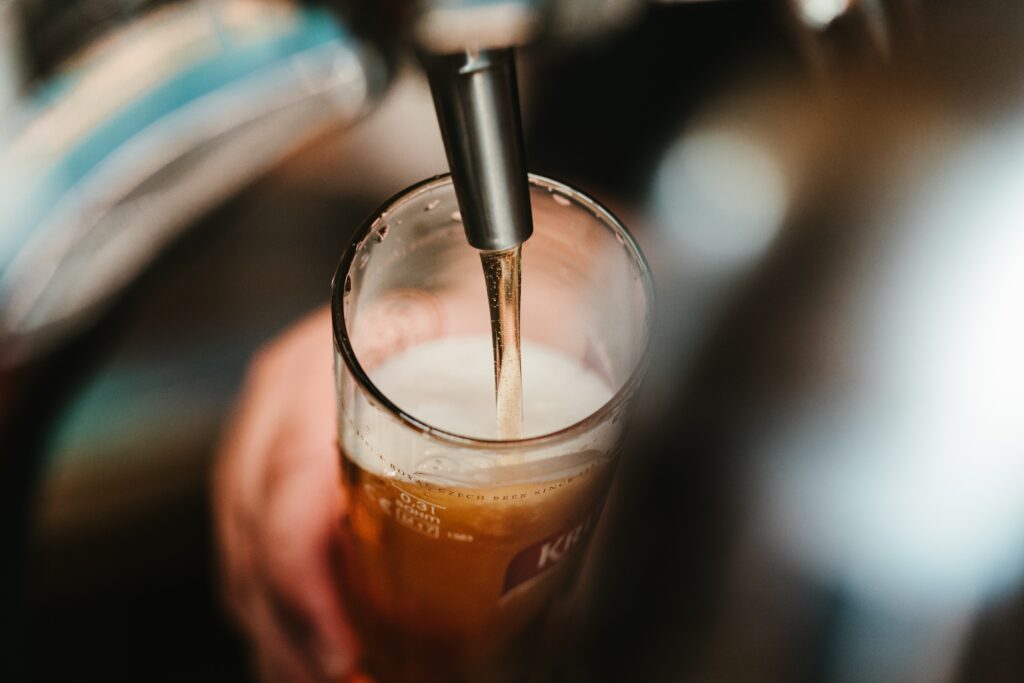
Functional Groups
Functional groups are reactive groups of atoms giving rise to the physical and chemical properties of organic compounds. Some of the functional groups are:
Hydrocarbons
- Alkanes^ – RH or CnH2n+2
- Alkenes – CnH2n
- Alkynes – CnH2n-2
- Arenes^ – Benzene ring (⬡)
Halogen derivatives
- Halogenoalkanes – RX
- Halogenoarenes – ⬡–X
Hydroxyl compounds and derivatives
- Alcohols – ROH
- Phenols – ⬡–OH
- Ethers – ROR’
- Aldehydes – *RCHO
- Ketones – RCOR’
Carboxylic acids and derivatives
- Carboxylic acids – RCO2H
- Acyl chlorides – *RCOCl
- Esters – **RCO2R’ or R’OCOR**
Nitrogen compounds
- Amines – RNH2, R2NH or R3N
- Amides – *RCONH2, *RCONHR’ or *RCONR’R’’
- Amino acids – RCH(NH2)(CO2H)
- Nitriles – RCN
Compounds marked as ^ are not classified as functional groups, but are considered hydrocarbons. *R can represent a hydrogen atom or an alkyl group. In esters, **R means the same as *R but R’ must be an alkyl group.
Degree of Substitution
A primary carbon is attached to one other carbon atom, and a secondary carbon is attached to two other carbon atoms and so on. The maximum number of carbon atoms that a carbon atom can be bonded to is four.
Hybridisation of Organic Compounds
Some organic compounds exhibit hybridisation. This happens when orbitals in an atom are mixed to give hybrid orbitals — hybridisation results in more stable bonds, giving the compound a more consistent shape. One lobe of a hybrid orbital is larger than the other. The larger lobe is used for forming bonds as it is more effective in overlapping.
In organic compounds, carbon atoms use hybrid orbitals to form sigma bonds. Conversely, they use regular orbitals to form pi bonds.

sp3 hybridisation
The four orbitals of carbon are mixed to give four equivalent hybrid orbitals. The molecule forms a tetrahedron and the repulsion between electrons in the hybrid orbitals are minimised. All four orbitals are at 109.5° from each other.
sp2 hybridisation
The three orbitals of carbon are mixed to give three equivalent hybrid orbitals. These three orbitals are coplanar and are at 120° from each other. The remaining carbon orbital remains a 2p orbital.
sp hybridisation
The two orbitals of carbon are mixed to give two equivalent hybrid orbitals. These two orbitals are linear and are at 180° from each other. The remaining carbon orbitals remain 2p orbitals.
Organic Reactions
Most organic reactions occur when an organic reactant reacts with a reagent to form a product or multiple products. Then, the reagent will attack the organic reactant.
Reactions
An addition reaction occurs when two or more molecules are joined together to form one product. Conversely, an elimination reaction occurs when an atom or a group of atoms are removed from two adjacent atoms, forming a pi bond. Another reaction is the substitution reaction, which occurs when an atom or a group of atoms replaces another atom or another group of atoms.
A condensation reaction is when two or more molecules or functional groups bond to form another molecule. A small molecule, such as H2O or HCl, will be lost in the process. The reverse reaction is a hydrolysis reaction, where H2O is added. Acids or bases usually catalyse hydrolysis reactions.
An oxidation reaction involves the loss of a hydrogen atom or the gain in an oxygen atom. Similarly, a reduction reaction involves the gain in a hydrogen atom or the loss of an oxygen atom.
Reagents
Before we discuss the different reagents, let us talk a little bit about the Lewis theory. This was proposed by G N Lewis back in 1923. The Lewis theory states that an acid is an electron pair acceptor, and a base is an electron-pair donor.
Why does this matter? Well, there are three main types of reagents in an organic reaction – Lewis acids, Lewis bases and free radicals. Also known as electrophiles, Lewis acids can accept lone pairs of electrons to form bonds. They are usually cations or neutral molecules. Likewise, Lewis bases are known as nucleophiles and have lone pairs of electrons that can be donated to form bonds. Again, they are usually anions or neutral molecules.
As for free radicals, they contain an unpaired electron. Because of that, free radicals are highly reactive.
Reaction Mechanism
We usually refer to organic reaction mechanisms as the “nature of reagent + reaction”. Some of the reaction mechanisms include electrophilic addition, nucleophilic substitution and free radical substitution.
Bond Fission
Bond fission is the breaking of covalent bonds between atoms. There are two types of bond fission – homolytic fission and heterolytic fission. Homolytic fission involves the equal splitting of two atoms to form two free radicals. This is seen in the free radical substitution mechanism of alkanes. Heterolytic fission is the unequal splitting of two atoms, where one atom forms a cation and the other forms an anion.
For electrophiles and nucleophiles, electron moves from electron-rich to electron-poor sites.
Reactivity of Organic Compounds
Resonance Effect
Some molecules with alternate single and double bonds may have three or more pi orbitals overlapping with one another. Pi electrons are delocalised and are thus more stable. One such example is the benzene ring.
Electronic Effect
Electrons in neighbouring bonds will be shifted when polar bonds are formed between atoms of different electronegativities. This is due to the more electronegative atom pulling the electron pair in the bond towards itself. As such, there is an electron-withdrawing inductive effect exerted. Any species that attract electrons more than hydrogen have an electron-withdrawing inductive effect. Conversely, those that attract electrons less have an electron-donating inductive effect.
Steric Hindrance
Steric hindrance occurs when large groups of a molecule hinders the reaction.
Isomerism
Isomerism occurs when two or more compounds have the same molecular formula but different spatial orientation.
Structural isomerism
Structural isomerism occurs when compounds have the same molecular formula but different structural formulae due to their different spatial orientation. There are three types of structural isomerism – chain, positional, and functional group isomerism.
Chain isomerism occurs when carbon atoms of isomers are linked differently. For example, the chain isomerism in pentane (C5H12) can be represented as CH3CH2CH2CH2CH3, CH3CH2CH(CH3)CH3, and CH3C(CH3)2CH3.
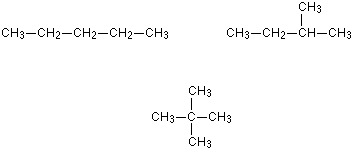
Positional isomerism occurs when the functional groups of isomers are placed at different points along the identical hydrocarbon length. However, the functional groups of all isomers are the same. For example, bromopropane (C3H7Br) has two isomers – 1-bromopropane and 2-bromopropane, where the numbers in front represent the carbon atom where the functional group is.

We also see this in compounds with benzene rings, such as benzyl chloride and chlorotuluenes (C7H7Cl).

Functional group isomerism is, well, self-explanatory. For example, the molecular formula C3H6O could result in a propanal or a propanone molecule, depending on the functional group of each molecule.

Stereoisomerism
Stereoisomerism occurs when isomers have the same molecular and structural formula. However, the constituting atoms are arranged in a different 3D configuration. This gives rise to two types of stereoisomerism – cis-trans isomerism and enantiomerism.
Cis-trans isomerism
Cis-trans isomerism occurs when double bonds, ring structures, or steric factors prevent the free rotation of atoms. This is seen in alkenes as they have double bonds between carbon atoms. The restricted rotation about the C=C double bond resulting in cis-trans isomerism in alkenes is due to the presence of a pi bond.
In alkenes, cis-isomers have the same atoms or groups on the same sides of the C=C bond. Conversely, trans-isomers have the same atoms or groups on opposite sides of the C=C bond. An example would be the alkene stereoisomers cis-but-2-ene on the left and the trans-but-2-ene on the right.

Cis-trans isomerism cannot exist if two identical groups are bonded to the same side of the C=C bond. It also cannot exist in small cyclic alkenes due to the trans-isomer exhibiting ring strain. However, large cyclic alkenes and other cyclic compounds can exhibit cis-trans isomerism.
Cis-trans isomers have similar chemical properties but different physical properties. The cis-isomer usually has a higher boiling point due to a greater dipole moment. However, it has a lower melting point due to the more considerable distance between molecules.
Enantiomerism
Enantiomerism occurs in chiral molecules, where the chiral molecule and its non-superimposable mirror image form enantiomer pairs. Chiral molecules are molecules without an internal plane of symmetry that cannot be superimposed on their mirror image. Chiral centres are carbon atoms with four different atoms or groups of atoms attached.
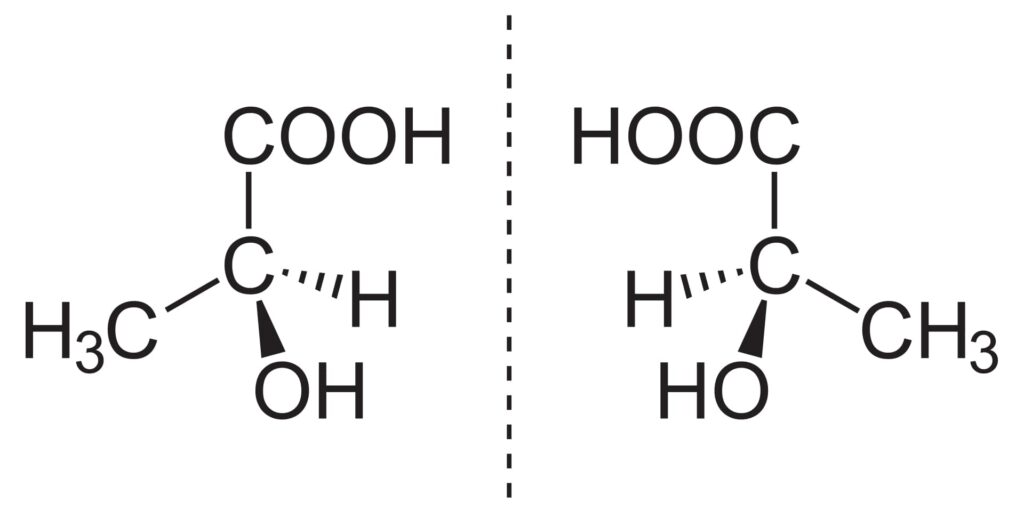
Enantiomers have similar chemical properties and physical properties. However, enantiomers interact differently towards chiral reagents. Enantiomers rotate plane-polarised light in opposite directions but at the same angle. This makes chiral molecules optically active as they can rotate plane-polarised light.
However, enantiomers have different biological properties. For drug molecules exhibiting enantiomerism, only one of them is effective – only one of them can bind to the target. This is due to the lock-and-key hypothesis where only one of the enantiomers can fit in the chiral target.
Conclusion
Organic chemistry is a very broad branch of chemistry. While it is not possible for us to learn it to such an extent, it is good for us to have a basic understanding of the subject. Organic chemistry applies to many aspects of our life and we should learn to appreciate it.

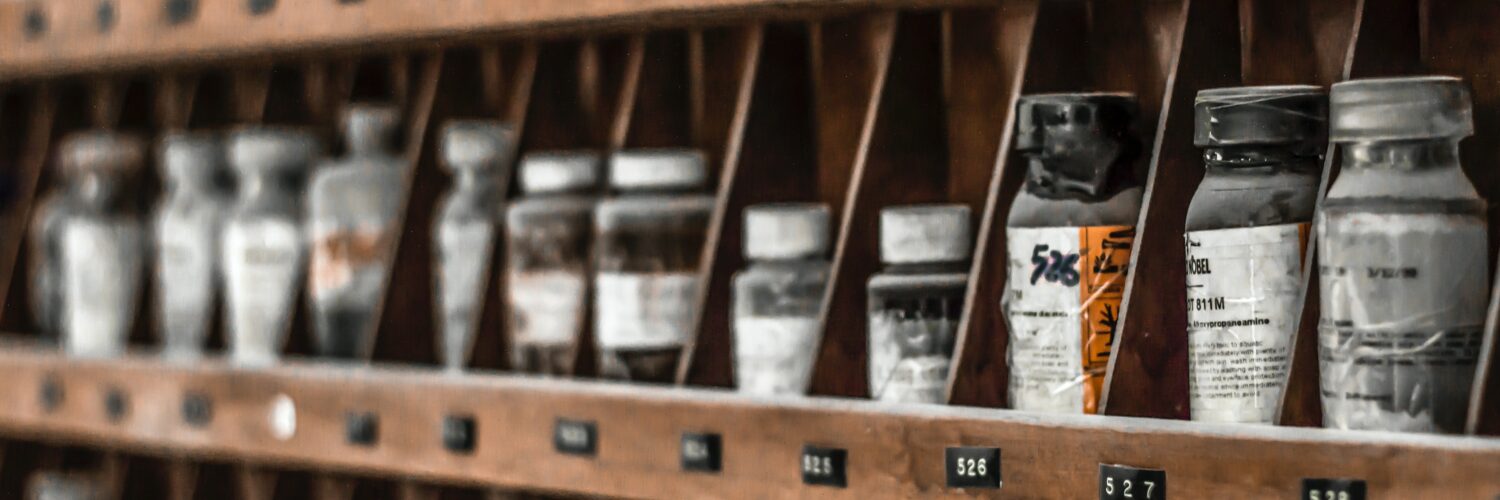
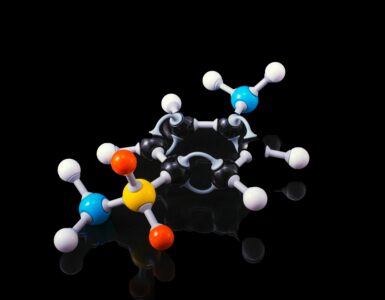
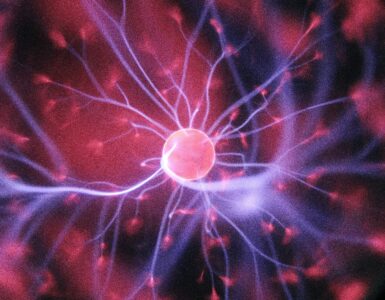

Add comment